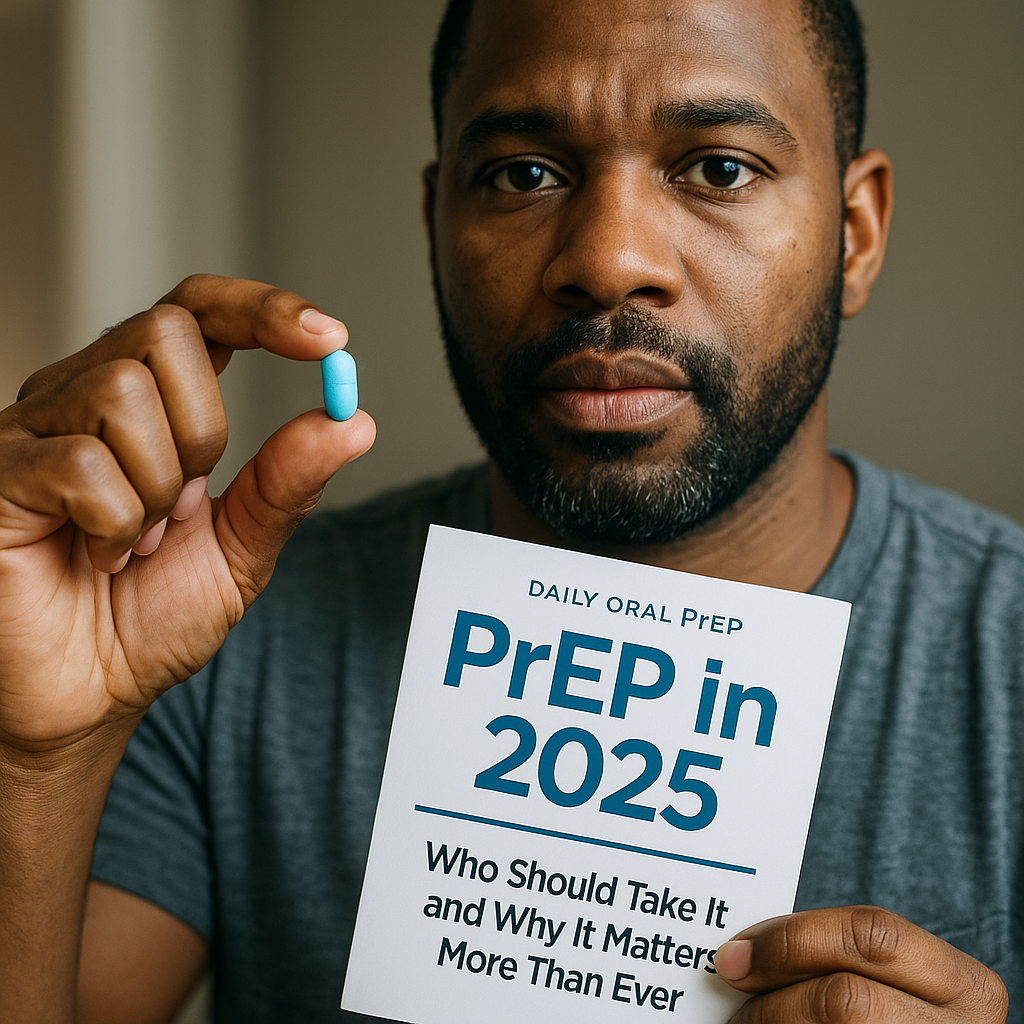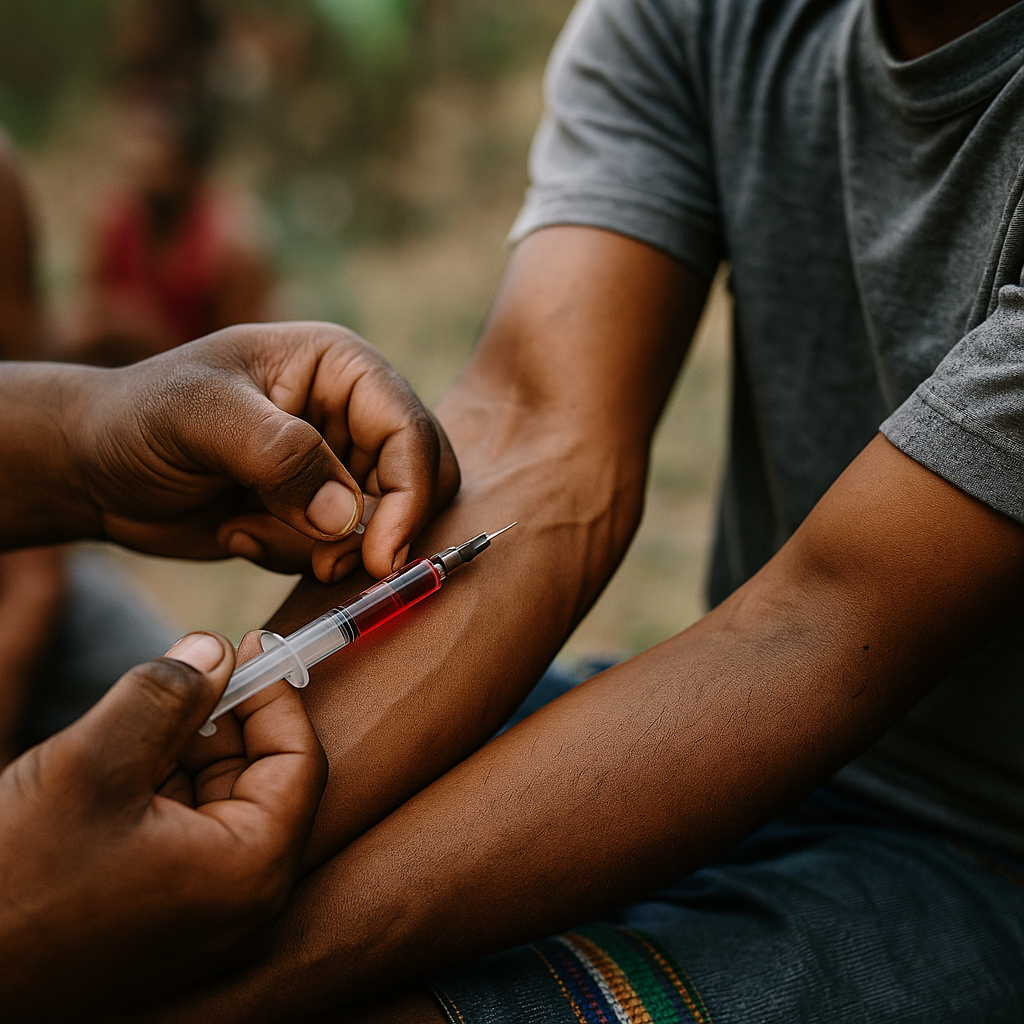
Imagine facing a life-altering virus and having no way to confirm your status. That was the reality for millions during the early years of the HIV/AIDS crisis. Today, HIV testing is faster, more accurate, and more accessible than ever before. Yet understanding where we started—and how far we’ve come—offers essential perspective on the fight against HIV.
This article explores the history of HIV testing, its groundbreaking progress, and the technological innovations shaping the future of early detection. For anyone seeking clarity on diagnostic tools, timelines, or treatment pathways, this is your comprehensive guide.
Table of Contents
- The Early Days of HIV Testing
- Evolution of HIV Diagnostic Methods
- Current HIV Testing Options
- The Future of Testing: What’s Next?
The Early Days of HIV Testing
In the early 1980s, HIV was a mystery. First referred to as GRID (Gay-Related Immune Deficiency), the virus was poorly understood, often diagnosed only after symptoms appeared. There were no blood tests. Diagnosis came through opportunistic infections or rapid health decline. Fear and misinformation spread almost as quickly as the virus itself.
It wasn’t until 1985 that the first FDA-approved blood test for HIV—an ELISA (enzyme-linked immunosorbent assay)—became available. This marked a crucial turning point. For the first time, individuals could be screened for HIV, although the process was slow and emotionally taxing. Results took weeks and were often surrounded by intense stigma and fear.
The earliest tests had limitations. They primarily detected antibodies, which meant there was a “window period” of several weeks post-infection during which the virus might not be detected. False positives also occurred, necessitating confirmatory testing such as the Western blot—a test that would eventually be phased out due to complexity and cost.
Although these early tools had flaws, they laid the foundation for ongoing innovation in HIV testing—innovation that continues to evolve today.
Evolution of HIV Diagnostic Methods
Over time, scientists developed faster, more accurate tests. By the 1990s, second- and third-generation tests reduced the detection window and improved sensitivity. These iterations helped identify antibodies sooner and minimized false results.
Fourth-generation tests were a major leap forward. These combined antibody and antigen detection, specifically targeting the p24 antigen—one of the first markers of HIV infection. This allowed for detection within 2–4 weeks post-exposure, significantly improving early diagnosis rates.
More recently, molecular diagnostic tools have gained prominence. Nucleic acid tests (NATs) detect the virus’s RNA, providing accurate results even before antibodies or antigens appear. Though more expensive, they are especially valuable in high-risk or high-exposure scenarios, such as blood donation screening or early detection during acute infection.
Throughout this journey, accuracy has improved dramatically. But accessibility and speed have also taken center stage in HIV testing strategy.
Current HIV Testing Options
Today’s testing landscape is diverse, offering something for nearly every setting—whether clinical, community-based, or home.
1. Rapid HIV Tests
These tests offer results in under 20 minutes and can be conducted via blood from a finger prick or oral fluid. Widely used in community outreach programs, rapid tests have removed many barriers to testing, such as stigma and inconvenience.
2. Home Testing Kits
FDA-approved home tests, like the OraQuick In-Home HIV Test, allow users to self-administer and read results in privacy. While these are slightly less sensitive than lab-based tests, they play a critical role in normalizing testing.
3. Laboratory-Based Tests
Fourth-generation ELISA tests remain the gold standard in most clinical environments. These are often used during routine screenings, pregnancy checkups, or in cases where high sensitivity is required.
4. Point-of-Care NAT Testing
While still emerging, point-of-care nucleic acid testing represents the cutting edge of HIV testing. Especially valuable in clinical trials and early-stage infection, this method promises precise detection and fast turnaround.
It’s also worth noting that HIV screening is now recommended as part of routine health care for individuals aged 13 to 64 in the U.S. This shift toward proactive screening aims to reduce late diagnoses and improve outcomes.
People frequently share experiences about testing fears, results, and access concerns on forums like Health.HealingWell.com, illustrating the emotional and practical dimensions of testing.
The Future of Testing: What’s Next?
Looking ahead, the next generation of HIV testing aims to be even more user-friendly, accessible, and integrated into public health strategies.
1. Self-Testing Integration
Digital tools are beginning to pair with at-home test kits. Smartphone apps that walk users through testing, connect them with counseling, or facilitate follow-up care are being developed worldwide. This technology helps reduce the gap between testing and treatment initiation.
2. Multiplex Testing
Many researchers are exploring combined tests for HIV and other STIs like syphilis or hepatitis C. These multiplex platforms can save time and cost while encouraging comprehensive sexual health monitoring.
3. AI and Predictive Screening
Artificial intelligence may soon help clinicians assess HIV risk and determine who should receive proactive testing based on electronic health record data or wearable devices.
4. Mobile Health Clinics and Vending Dispensers
Programs in major cities are piloting vending machines and mobile clinics that dispense free HIV test kits. These models have been successful in improving testing rates in high-risk populations.
Accessibility remains key. Offering tests in pharmacies, community centers, or via mail-order expands reach to underserved communities. For those unsure where to get tested or what test is right, consulting with a professional via Healthcare.pro can provide tailored guidance.
Conclusion
HIV testing has evolved from complex, stigmatized lab tests to fast, reliable, and accessible diagnostics available in clinics and living rooms alike. This progress has not only improved public health outcomes but also empowered individuals to take control of their health with confidence.
Understanding this journey—from the first ELISA tests to smartphone-enabled home kits—underscores how innovation and education go hand-in-hand in the global fight against HIV. With more inclusive testing strategies on the horizon, we’re one step closer to ending the epidemic.
Frequently Asked Questions
1. What is the most accurate HIV test today?
Fourth-generation lab tests and nucleic acid tests (NATs) offer the highest accuracy and detect infections earlier than antibody-only tests.
2. How soon after exposure can HIV be detected?
NATs can detect HIV within 10–14 days, while fourth-generation tests typically detect it within 2–4 weeks post-exposure.
3. Are home HIV tests reliable?
Yes, FDA-approved home tests like OraQuick are highly accurate for detecting established infections, though less sensitive in early stages.
4. How often should someone get tested for HIV?
Everyone aged 13–64 should be tested at least once. Higher-risk individuals should test more frequently, such as every 3–6 months.
5. Can I test for HIV anonymously?
Yes, many clinics and outreach programs offer anonymous testing. Some at-home kits also allow private testing with optional reporting.
Disclaimer:
This content is not medical advice. For any health issues, always consult a healthcare professional. In an emergency, call 911 or your local emergency services.



